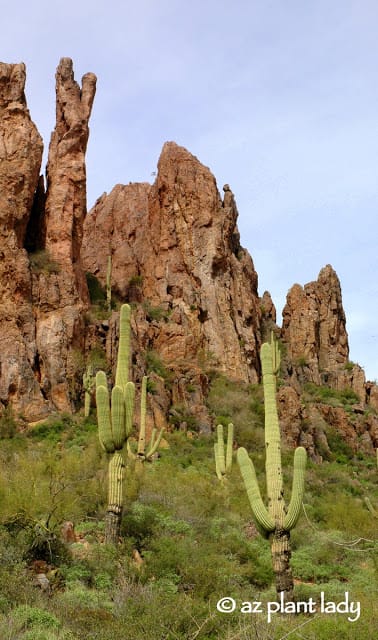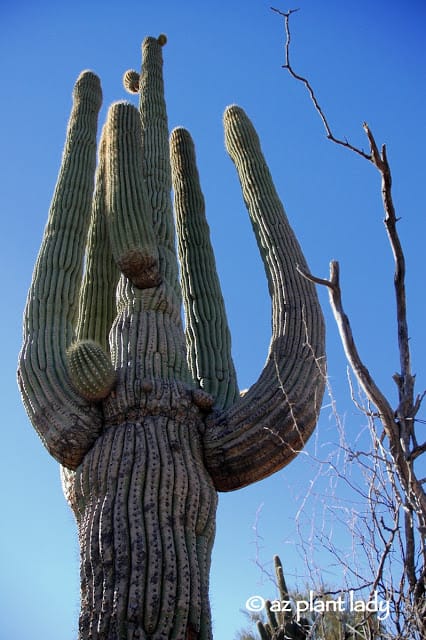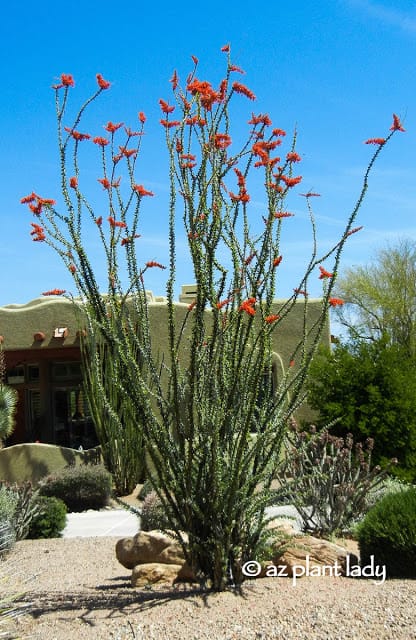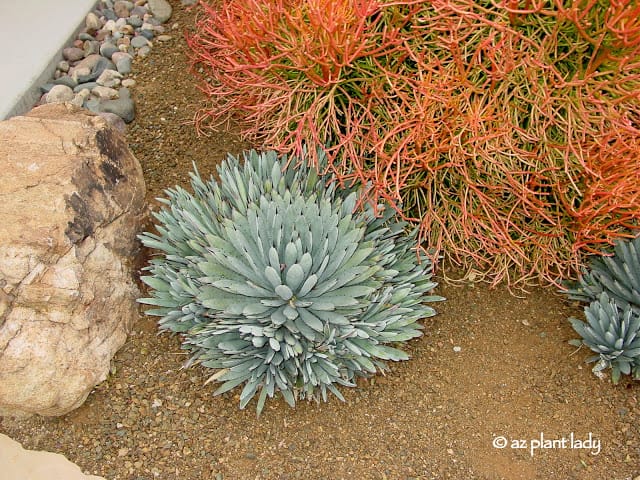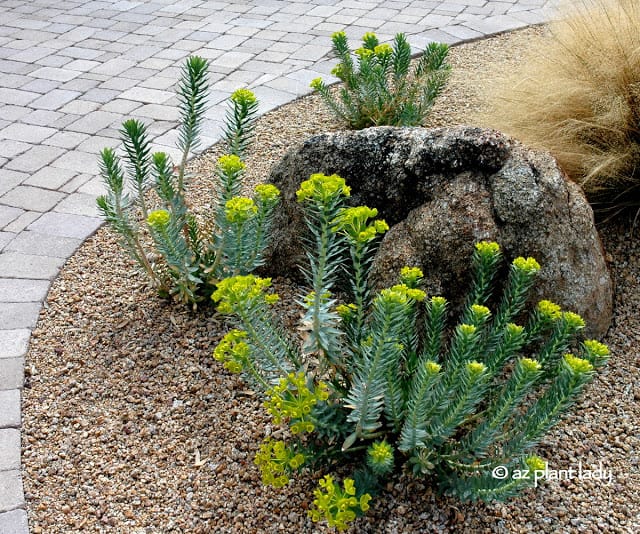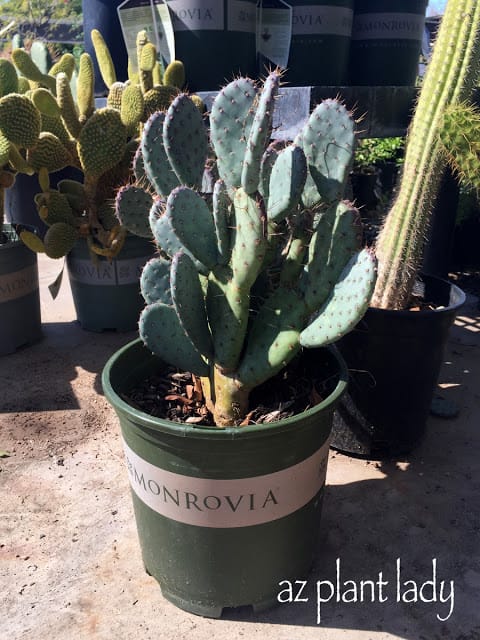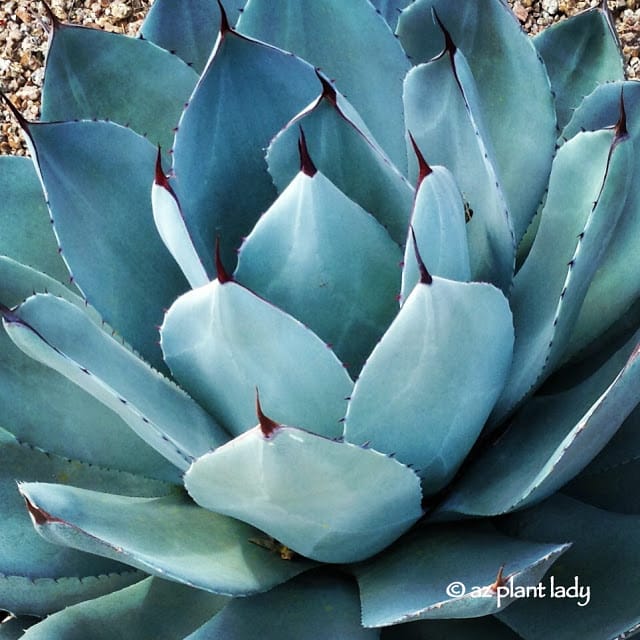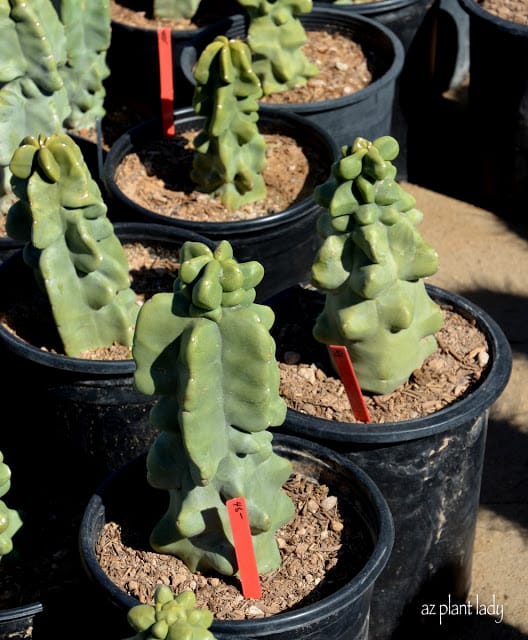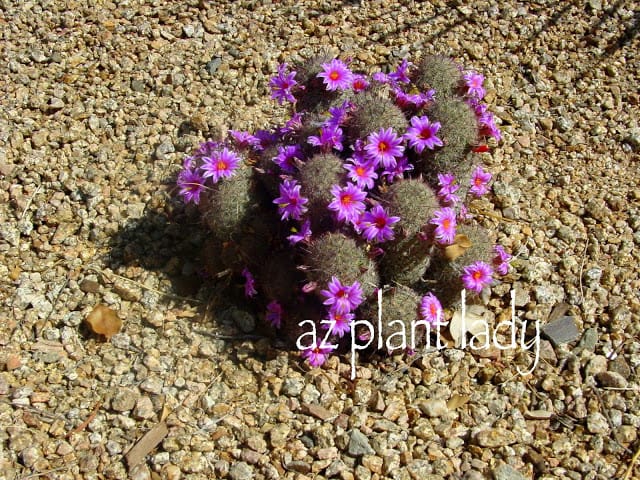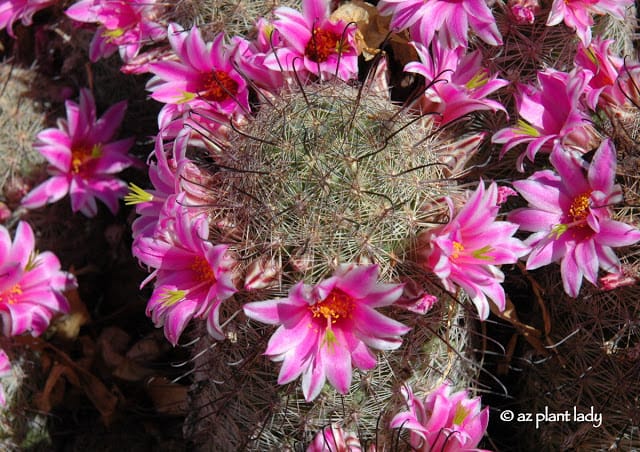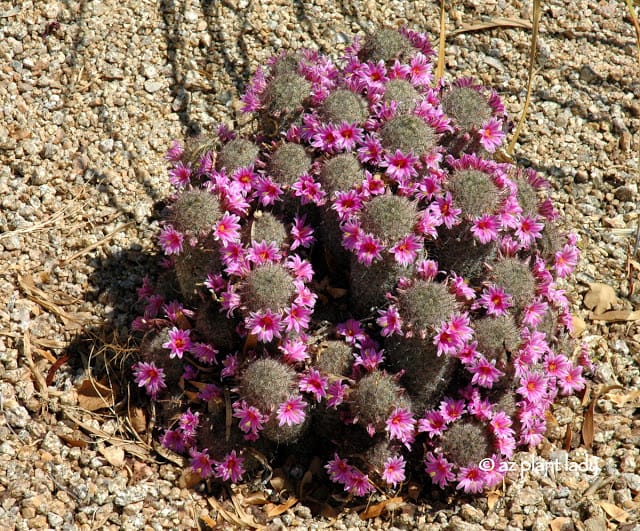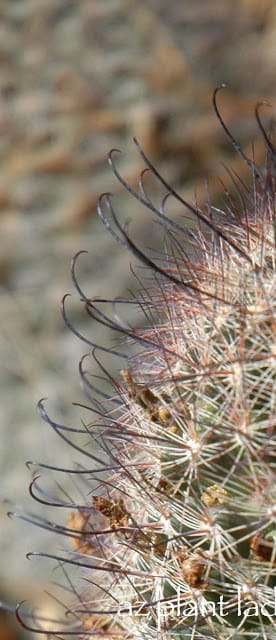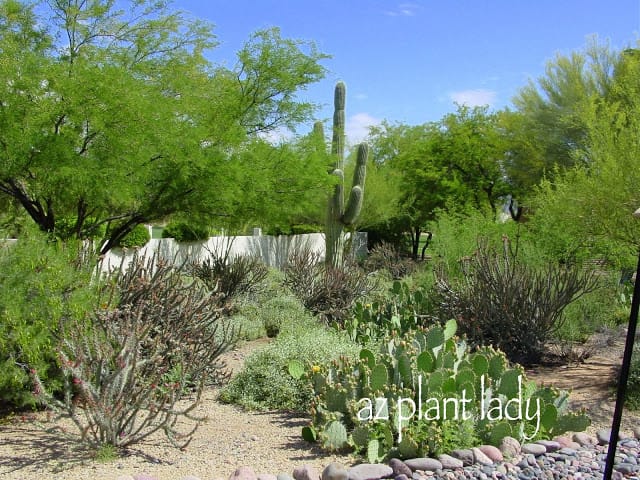
There are some signs that summer is beginning to fade and that fall is around the corner. The stress that the high temperatures of summer bring has caused many plants to slow down their growth.
However, the slightly lower temperatures in September bring on a flush of new growth for many trees, shrubs, and succulents in the garden. I enjoy being out in my garden this time of year and seeing many of my plants rejuvenated.
With the somewhat cooler temperatures, I am now seeing many gardeners venturing outside and taking stock of the condition of their landscape. Fall is a busy time in the desert garden because it is the ideal time to install many types of plants, which will be discussed in a separate post in early October.
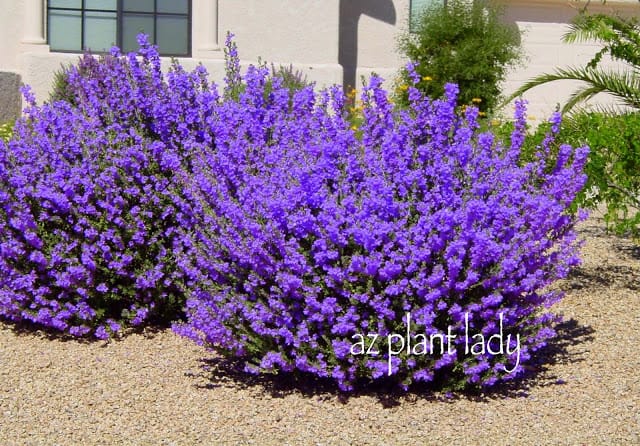
SHRUBS: I just finished lightly pruning my ‘Rio Bravo’ sage (Leucophyllum langmaniae). Summer flowering shrubs that are cold-hardy look their best when lightly pruned at this time to help reign in rangy, sprawling growth. This should be only done with hand pruners only. Do not use a hedge trimmer and shear your shrubs. They should have a pleasing natural shape when you are finished. Do not prune back frost-sensitive plants at this time.
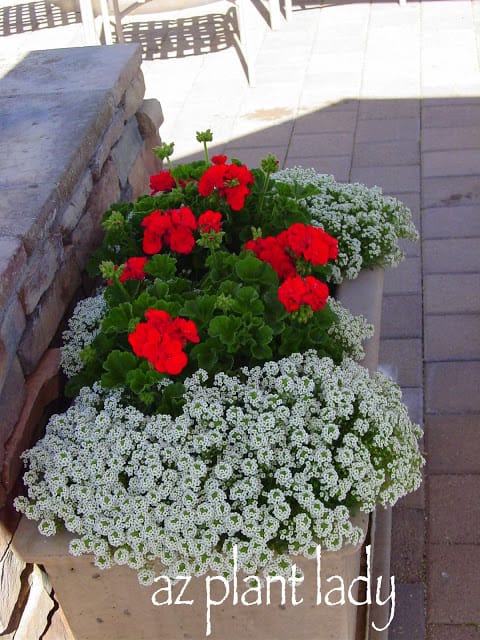
ANNUALS: Although the local nurseries are abundant with winter annuals, I don’t recommend planting them now. The temperatures are still quite hot, and there is a good chance that they will not make it.
In the past when mid-September came, I would load up the truck with 100+ flats of annuals to plant around the community where I worked as the horticulturist. I would then spent the next four weeks making repeated trips to the nursery to replace dead plants that just could not handle the heat of early fall. From then on I would wait until October to change out summer annuals and replace with winter annuals. As a result, we suffered very little plant loss.
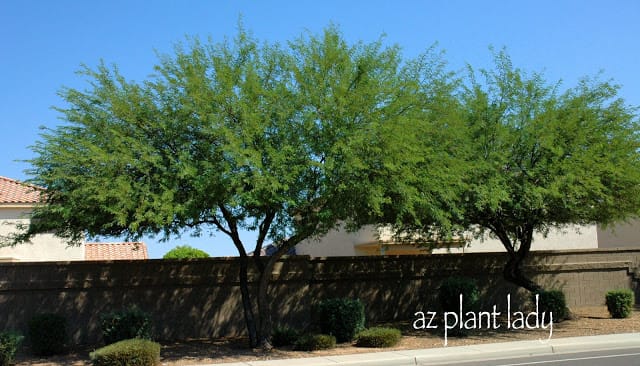
TREES: Mesquite and Palo Verde trees that are overgrown can be lightly easily pruned back. Resist the temptation to heavily prune at this time. January and February is the time for heavy pruning to occur for these trees.
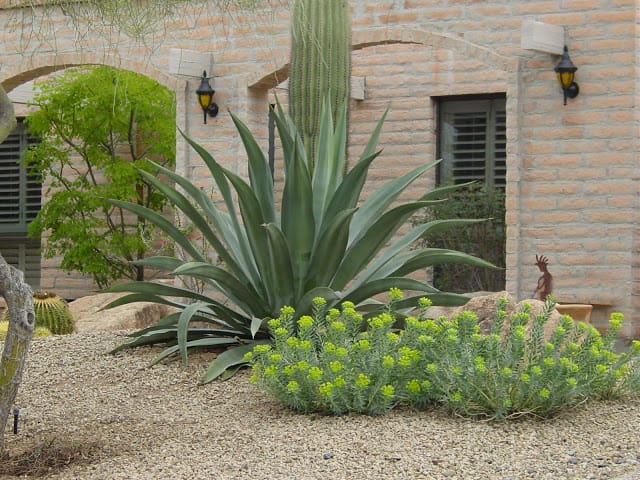
SUCCULENTS: Cacti, agaves and other succulent plants do best when planted when soil temperatures are warm, which makes September a great time to install them before cooler temperatures arrive. Prickly Pear cactus can be pruned back this month if needed. Problems with agave may show up this time of year.
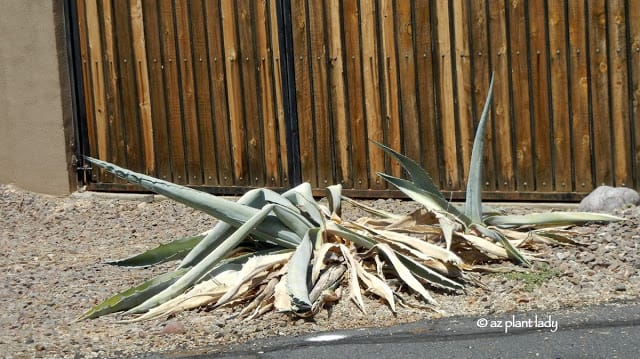
If your agave suddenly collapses, there is a good chance that they have gotten an infection with agave snout weevil. There is no cure and the agave should be removed, it will be smelly due to the decay the weevil causes – and not just a little stinky.
One of my (least) favorite memories happened years ago when I worked as a horticulturist on a golf course. One year, we had to remove countless agaves throughout the landscapes due to a large infestation – the smell was awful. If this happens to your agave, do not plant another agave in the area – use another type of plant instead.

ROSES: Roses should be lightly pruned and fertilized this month (see earlier post for details).
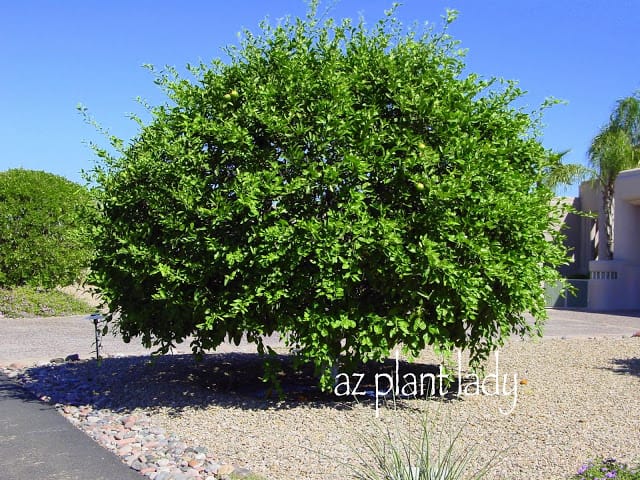
CITRUS: Make sure to fertilize your citrus trees if you have not already done so (see earlier post for details).
NEXT MONTH – get ready for planting and wildflower garden preparation!


